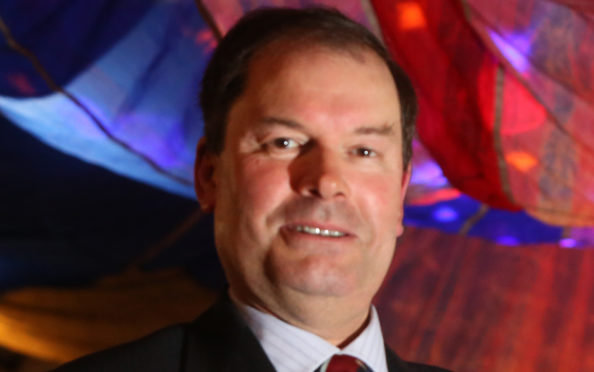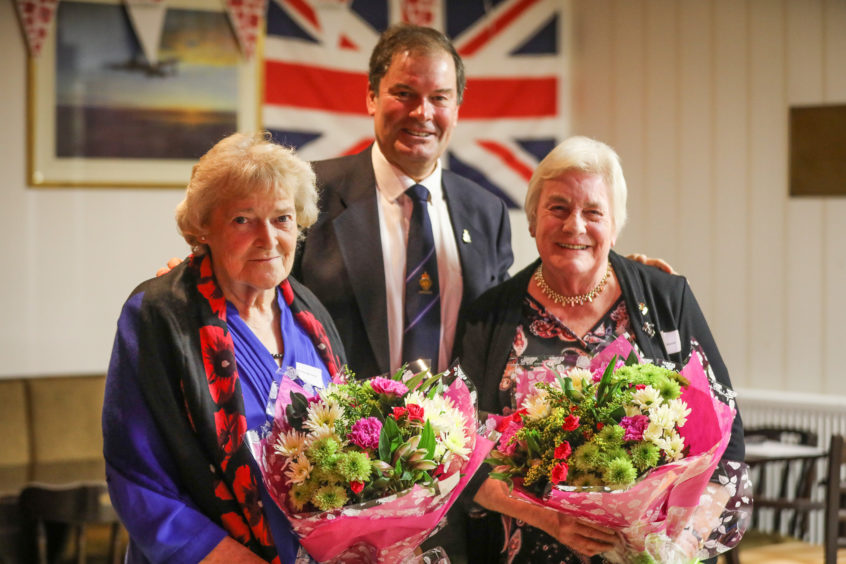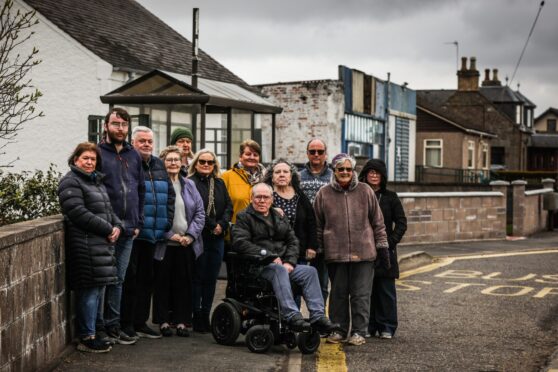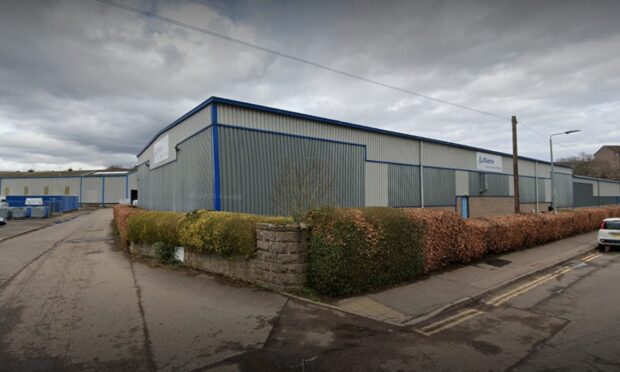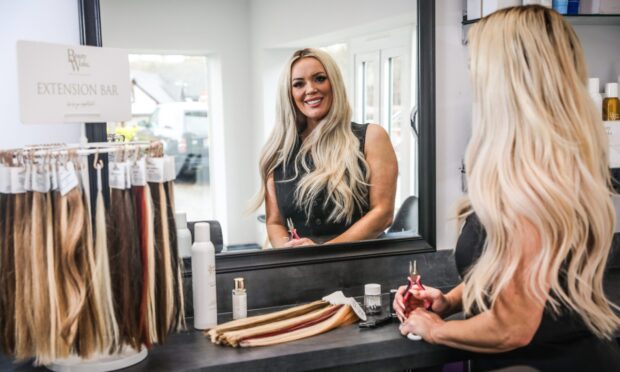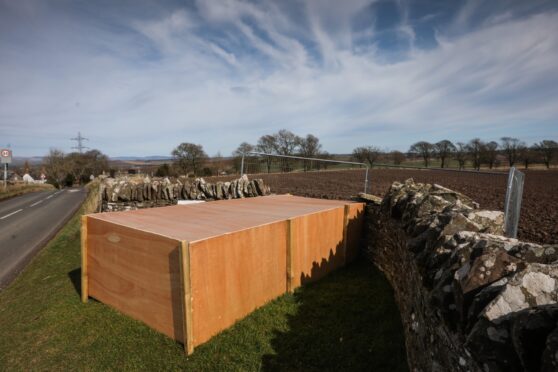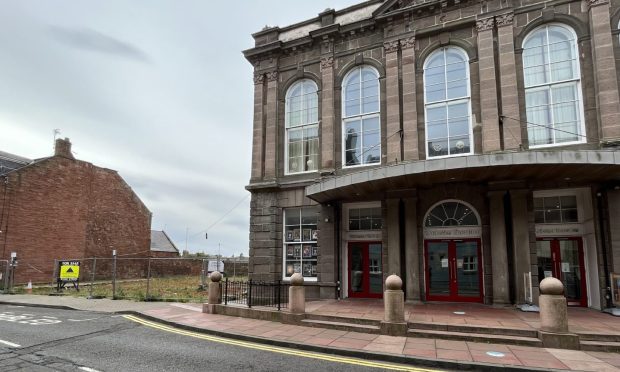A Tayside British Legion chairman has told academics branches in Scotland must embrace change if the organisation is to survive.
Davie Paton, who chairs the Carnoustie branch and is vice-chairman of the Royal British Legion Scotland (RBLS), addressed the inaugural meeting of the British Psychological Society Defence and Security Section in London.
Along with his wife, Antonia, who is a human factors specialist and Legion member, Mr Paton said there was a need to change the Legion branch image from drinking dens into successful businesses that are a force for good at the heart of communities.
“At RBLS branch level, is drinking beer what it’s all about?” he said.
“For a branch to be thriving and successful, it has to be more than a drinking den.
“As well as offering social contact, and access to other support organisations, the RBLS has to tap into some of the skills and qualities that veterans can offer.
“RBLS needs to develop new strategies to ensure it can continue to offer optimal support to veterans.”
The Royal British Legion supports serving armed forces personnel, veterans and their families with recovery, rehabilitation and adjusting to civilian life.
Legion halls are commonplace across the country, often used for functions and as community facilities.
Mr Paton said the membership is “literally dying out” and every branch that closes as a result of the shrinking membership pool “means a loss of community facilities, access to useful skills that can be adapted to the needs of the community, and a force for good in the community”.
“We are certainly looking at ‘marketing initiatives’ to bring the RBLS to the attention of younger veterans and serving military, and to have a presence in resettlement centres, messes and barracks.
“In addition, Legion membership is open to anybody – not necessarily ex-military – as long as they aspire to Legion values. Will it be enough?”
Mr Paton said he and his wife believe the thriving branches are the ones with a high profile within the community and were involved in local campaigns supporting a variety of causes.
“The benefits to Legion members are diverse: feeling useful again generates a feel-good factor, veterans can bring their skills acquired in the military to benefit the local community, and the activities in themselves help counter social isolation.
“For the local community, the contact from Legion members counters individual isolation in the community. The Legion can target support to where it is most needed, and is responsive to that need.
“For example, if a Legion branch with a food bank learns of a family that needs support then a package of food that suits that family can be delivered the same day.”
He said RBLS can also offer support to other organisations, in terms of premises and facilities, and volunteers to perform tasks in the community.
The RBLS was formed in 1921 by Field Marshal Earl Haig to assist those returning from the horrors of the First World War.
